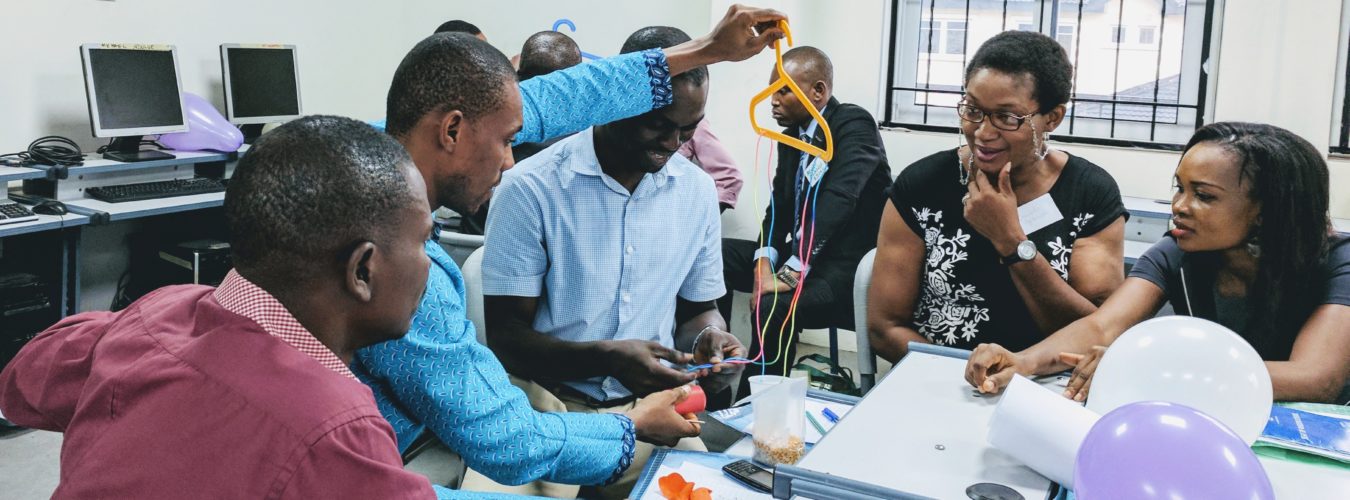PISA regularly examines the pulse of the educational world. Every three years, a great measurement of the ability to think among 15-year-olds takes place, so that ministers, educators, journalists and society as a whole can either rejoice or worry, brag or apologise, change or enhance their curriculum.
The results of PISA’s reports are not only a ranking of countries with the best and the worst educational achievements. In the very least, they form a powerful database, which is used for a comprehensive analysis of the global education market, enabling governments to prepare and adjust their educational strategies.
What can we learn from these results?
For one, we learn that the educational systems of all the OECD countries favour the privileged. In each country, from Finland* (which has become a role model), to Mexico (currently in the rear), the social status of students very clearly related to their educational achievements. Well-educated and wealthy parents send their children to good, well-equipped schools, and thus provide them with the opportunities for better achievements. This observation isn’t groundbreaking, however. What is strange, though, is that many countries, like the Member States of the European Union (which have been pursuing the policy of equal opportunities for years), still show great disparity. The biggest disparities can be observed in Slovakia and the lowest in Estonia, and are even present in such socially sensitive countries as Sweden.
The United States, similarly engaged in the policy of equal opportunities, noted a tremendous diversification of quality. The aim of universal standardisation is to improve that situation, although it is uncertain whether or not this will happen. Poor schools are struggling with such unimaginable problems that the standards are only viewed from a distance on the horizon. Things are going so badly in many of these schools that desperate teachers leave en masse, even 60% of staff per annum. The best, on the other hand, have such rich programmes that they encompass everything, including standards.
But, let’s look globally.
Andreas Schleicher, who is responsible for the PISA studies, analysed the data for the seven myths of successful education—including the one stating that educational success is dependent on the background of the student. Schleicher argues, however, that on a global scale, this reasoning is flawed. In a recent PISA study, fifteen-year-old teens from the poorest families in Shanghai have obtained better results than students from the richest families in the United States. Thus, “social baggage” is not karma—proper educational policy is able to overcome it.
Ultimately, in the situation of global competition, what counts—above all else—is where on Earth you are lucky (or unlucky) enough to go to school.
In effective systems, one’s personal social and economic situations become secondary. Even if the stratification into more and less privileged persists, we can all still be winners on a global scale.
*
It is worth noting that Finland, currently regarded as the ideal model for educational solutions, boasts a very small number, because there is only a 6%, difference in the outcomes between the “best” and the “worst” schools. The high efficiency of the education system clearly goes hand-in-hand with equal access to quality education. Finland’s educational success is due to the fact that education is the apple of the Finnish head of state’s eye. Every school and all teachers must be the best. This has been achieved thanks to the high professionalism as well as the prestige of the teaching profession, and further—the uninhibited and creative work of the teaching staff. And that’s how it is in every school across the country. In Singapore, which is at the forefront of educational achievements in PISA every year—and among the Far East countries in general—the teaching profession is associated with similar prestige. It is not a profession one enters into lightly, or for a short period of time, nor is it seen as an acceptable secondary option for those who have failed elsewhere.
*
Visit
www.whybluesky.net
for lesson plans inspired by children’s questions
We welcome your feedback
—
The above is a cross-post which has been adapted from the personal blog of our CEO, Agata Wilam. Agata was on a travel mission to investigate a world of education worldwide. To read the stories she brought back, just search under the “Agata Wilam” tag.


Certainly with your thoughts here and that i love your blog! I’ve bookmarked it making sure that I can come back & read more in the foreseeable future.
Some really quality blog posts on this site, saved to fav.